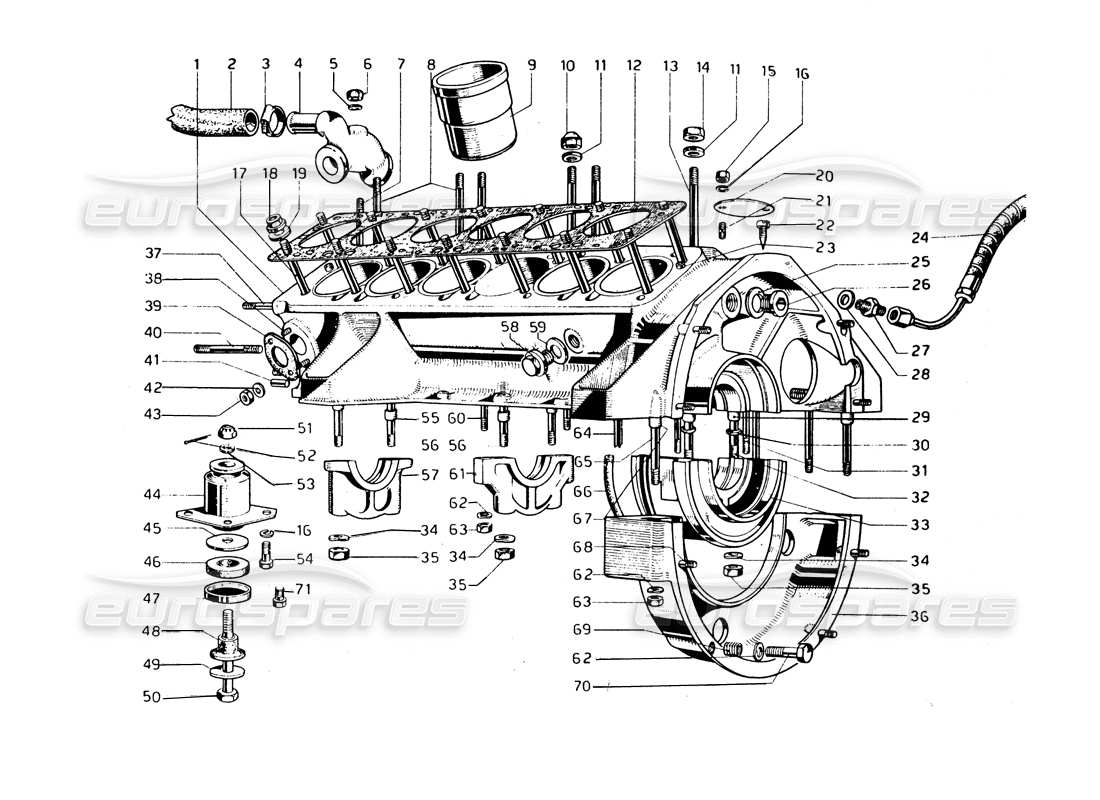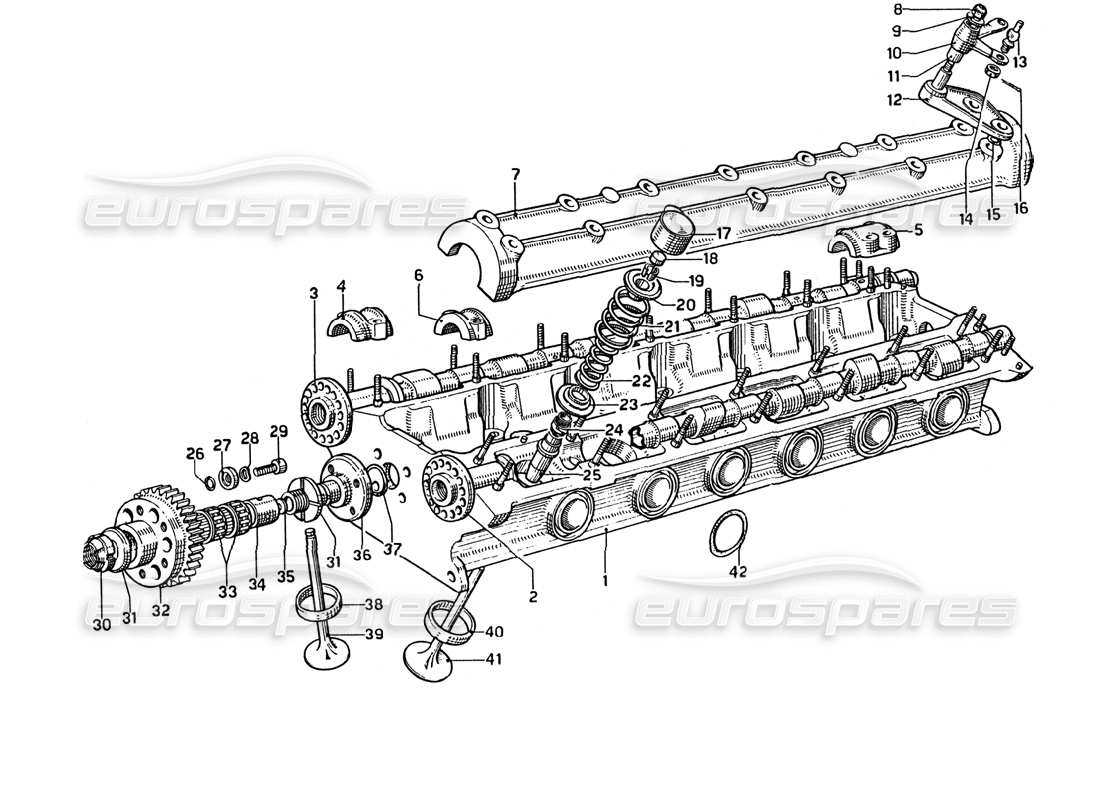Ferrari 275: Beauty and Performance - A Grand Tourer Masterpiece
The Ferrari 275 made its debut in 1964 as the successor to the revered 250 series. Offered as the coupe GTB (Gran Turismo Berlinetta) and convertible GTS (Gran Turismo Spider), it brought modern engineering and grand touring luxury together in one elegant, hand-built package.
At its heart was a 3.3-litre Colombo V12, with the model’s name referencing its per-cylinder displacement. It was the first Ferrari road car to feature both a rear-mounted five-speed transaxle and independent rear suspension. These advancements greatly improved the balance, handling, and long-distance comfort.
Read More >>
Styled by Pininfarina and built by Scaglietti, early models featured the now-iconic “short nose” bodywork. In 1966, Ferrari updated the design with a longer nose for improved aerodynamics, revised fuel and luggage packaging, and better cooling. These changes created what’s now known as the “long nose” 275.
Later that same year, Ferrari introduced the 275 GTB/4 - an evolution that became one of the most desirable Ferraris ever produced. Unveiled at the Paris Motor Show, the 4-cam featured a pronounced hood bulge and came equipped with six Weber carburettors and a dry-sump Colombo V12 producing a claimed 300 hp. Campagnolo alloy wheels were standard, with Borrani wires as a factory option. Only 330 were built from 1966 to 1968.
On the track, the ultra-rare 275 GTB/C Speciale carried Ferrari’s competition torch forward from the 250 GTO. Just four examples were made, each slightly different and crafted with lightweight bodies and dry-sump engines. One of these hand-built machines ranks among the most valuable Ferraris ever sold.
With its blend of cutting-edge engineering, long-distance usability, and timeless 1960s styling, the Ferrari 275 remains a cornerstone in Maranello’s road car legacy.
-part-diagram.webp)

